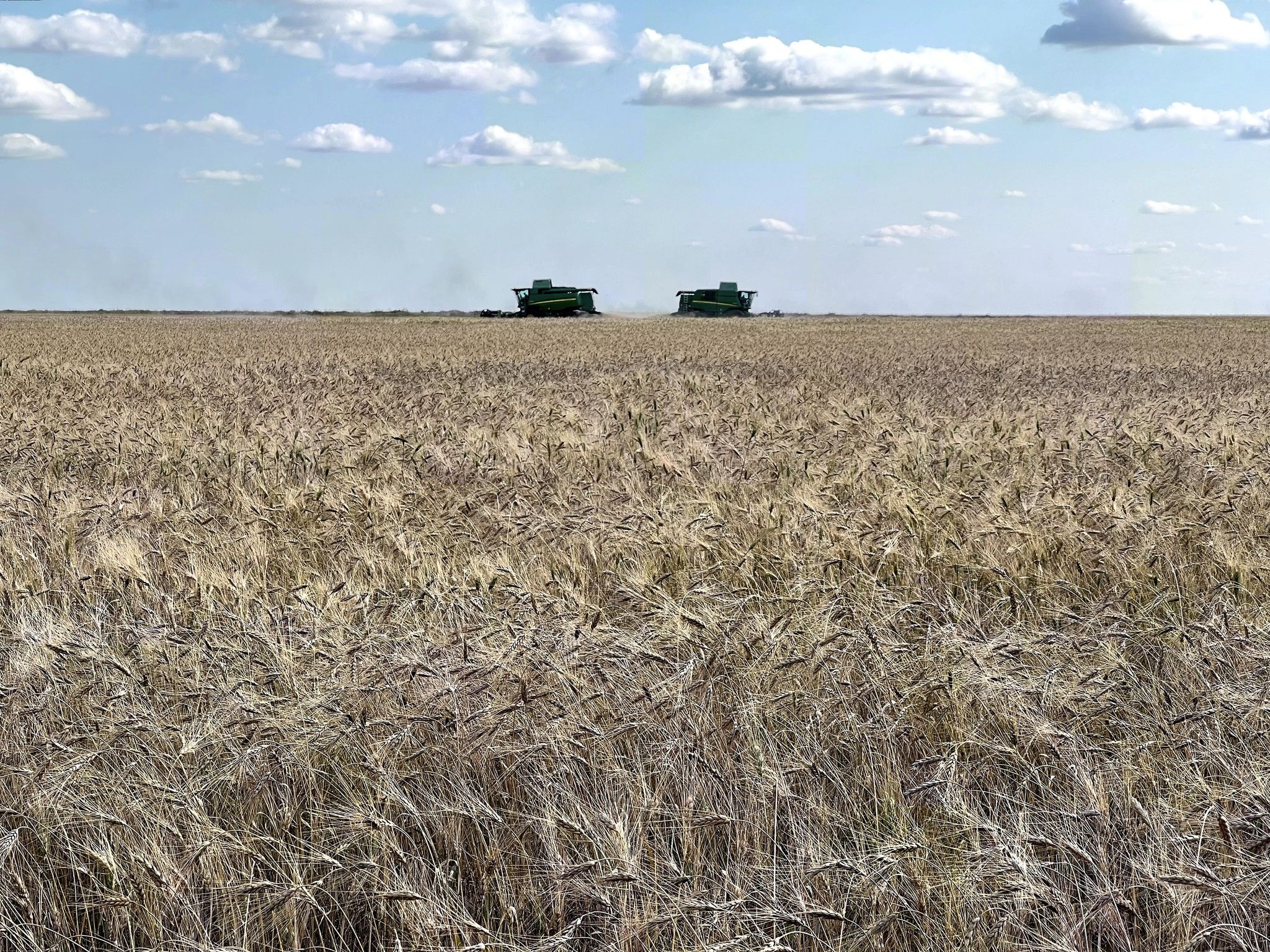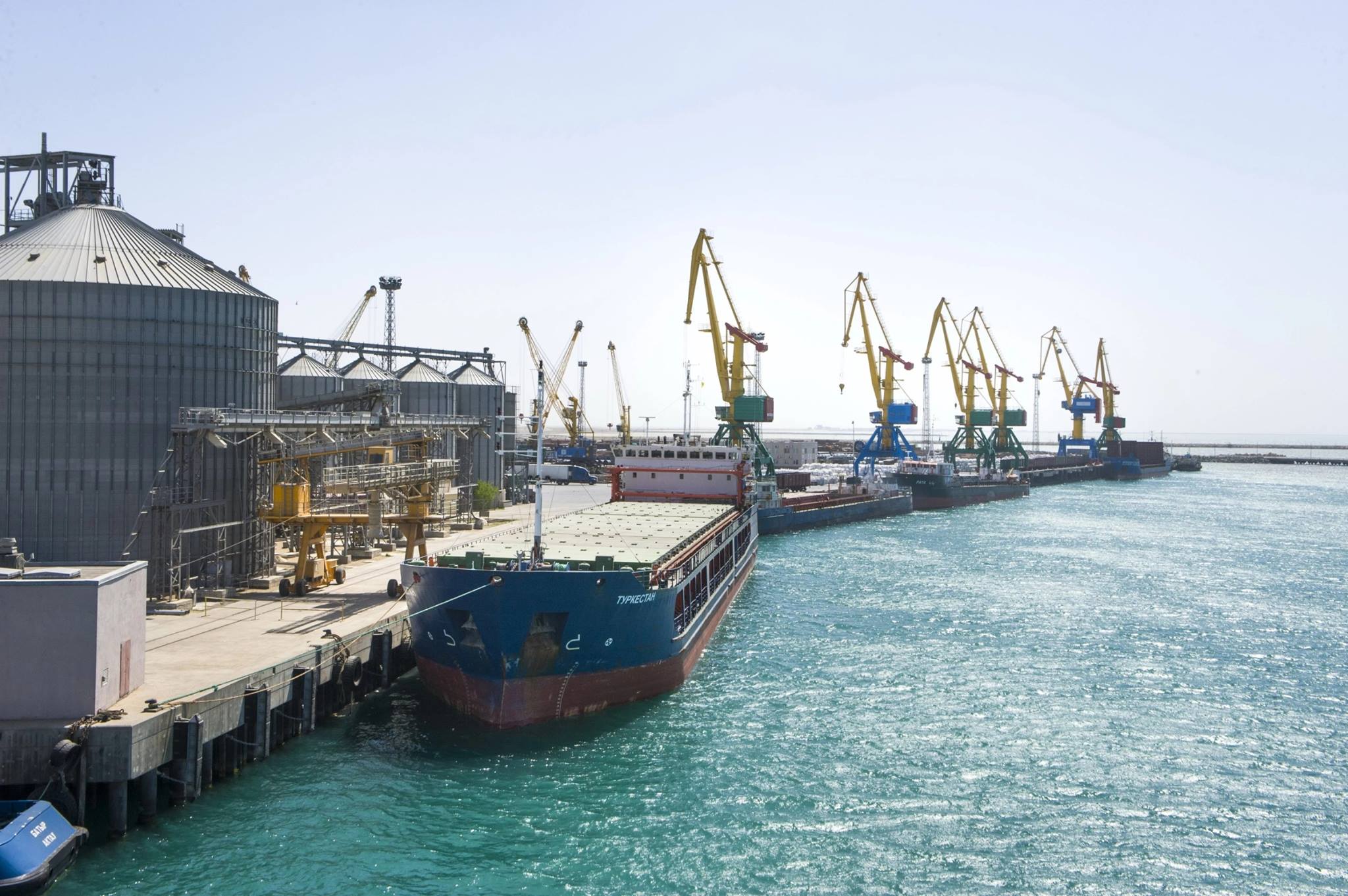ASTANA – Central Asia has its own distinct development challenges and opportunities, and holds substantial development potential, said Hela Cheikhrouhou, International Financial Corporation (IFC) Regional Vice President for the Middle East, Central Asia, Türkiye, Afghanistan, and Pakistan, in an interview with The Astana Times.

Hela Cheikhrouhou. Photo credit: IFC
“The region’s growing population provides a capacious sales market and generates an expanding pool of labor resources,” said Cheikhrouhou.
IFC investments in the region of Central Asia surpassed $1.6 billion over the past fiscal year, the highest ever for the region. IFC’s largest portfolio is in Uzbekistan, with $1.6 billion of investments, including $49 million for the Zarafshon wind power project in the Navoi region and close to $1 billion for a modern thermal power plant in the Syrdarya region.
“These projects will help meet the country’s growing demand for energy while supporting its decarbonization and energy transition efforts,” Cheikhrouhou noted.
While there cannot be a one-size-fits-all strategy, there are several themes that are common for all countries in the region.
“In recent years, we’ve stepped up our work in the region, with a continued focus on the key development challenges – poor access to finance, large infrastructure gaps, weak diversification, the lack of competitiveness and weak investment climate – as well as cross-cutting efforts to address climate change and gender inequality,” she explained.
Private sector development
In terms of private sector development, the Kyrgyz Republic has the highest level of private sector participation.
“Over the past two decades, the economy has transitioned from agriculture into services, while the industrial share of output remained relatively flat,” said Cheikhrouhou.
In Kazakhstan, there is much room for improvement. State-owned enterprises account for 40% of the GDP. Cheikhrouhou mentioned the country’s ongoing privatization program, which is expected to reduce it to 15%, aligning it with the level in the Organization for Economic Co-operation and Development (OECD) countries.
Some progress has been made in Tajikistan and Uzbekistan, but considerable work remains to boost competitiveness, attract new investments and technologies, and create more sustainable jobs.

At IFC, Cheikhrouhou is in charge of expanding IFC’s business in the region, focusing on the COVID-19 crisis response and fostering private sector investment opportunities, rooted in country strategies. Photo credit: Cheikhrouhou’s LinkedIn account
Access to financing is one of the major obstacles that enterprises face. It is an even harder task for women.
Cheikhrouhou noted that the IFC has allocated $115 million in investments this fiscal year to assist local banks in Central Asia.
“For example, we provided KMF, one of Kazakhstan’s leading microfinance organizations and a long-term partner, with a $20 million loan to extend its reach to micro and smaller businesses across a range of sectors,” she said, noting that at least half of the funds were earmarked for women-owned businesses.
Challenges toward economic diversification
In his state-of-the-nation address on Sept. 1, President Kassym-Jomart Tokayev announced a new economic model that unleashes bolder measures toward economic diversification. The latest update from the World Bank projects Kazakhstan’s economic growth to reach 3.5% in 2023 and 4% in 2024, supported largely by the hydrocarbons sector.
“Like other Central Asian economies, the country has proven largely resilient to the adverse geopolitical headwinds from Russia’s invasion of Ukraine. Its foreign direct investment inflows grew by 11% to over $25 billion in 2022, despite the sanctions against Russia and its concentration in mining industries,” Cheikhrouhou said.
“Kazakhstan has achieved the largest overall gas flare reduction of all countries between 2012 and 2021, thanks to strictly enforced regulations, coupled with a domestic gas market that incentivizes associated gas recovery. This sets a positive case for other countries in the region,” she added.
Cheikhrouhou said Kazakhstan faces profound challenges on this journey, suggesting policies should focus on “creating a level playing field, reforming state-owned enterprises, and making public institutions more efficient.”

Kazakh farmers are now in the midst of harvest campaign. Photo credit: Kazakh Ministry of Agriculture
Boosting the agricultural sector can be a game changer for Kazakhstan, dubbed as the region’s “breadbasket.”
Cheikhrouhou commended enormous opportunities in the sector, which remain untapped. At least 75% of Kazakhstan’s land is suitable for agricultural production, but only 30% is used.
“Scaling up agricultural production could increase regional food security as well as create jobs in agriculture and support the livelihoods of around one in three Kazakhs.” she said.
Infrastructure and development projects along the Middle Corridor
Geopolitical developments have prompted countries to seek alternative routes. In this context, the Trans-Caspian International Transport Route, which passes through Kazakhstan, has attracted increasing attention.
Unleashing its full potential was named a priority by President Tokayev in his state-of-the-nation address, with the route playing a crucial role in strengthening the country’s transit potential.

Aktau sea port is an important part of the corridor. Photo credit: official Facebook account of Aktau sea port
Cheikhrouhou stressed the need for significant infrastructure development, logistical and regulatory reforms, and intensified regional cooperation.
Much of this work depends on the founding countries – Kazakhstan, Azerbaijan, Georgia and Türkiye. Notably, the development of the TITR has been central to Prime Minister Alikhan Smailov’s visit to Baku in June.
“With these prospects in mind, the transit countries along the Middle Corridor have accelerated efforts to improve transportation and trade connectivity. These endeavors focus on expanding capacity by adding new ports, ferries, and trains along the route, building storage facilities, and developing soft infrastructure such as integrated customs and border management, unified regulations, and common technical standards,” she explained.
The countries involved in the TITR can benefit from IFC’s support in building and modernizing infrastructure.
“By mobilizing private sector investment, the IFC can bridge the funding gap and attract more international investors, and we have the experience to do so. For example, the IFC supported the modernization of Almaty International Airport by spearheading a $450 million financing package for the airport’s owners, a consortium led by Türkiye’s TAV Airports. That will help construct a new international terminal at the airport, the busiest air transportation hub in Central Asia,” she said.
Another flagship project where the IFC served as lead transaction advisor for the Kazakh government is the Big Almaty Ring Road (BAKAD) project, one of the largest public-private partnerships in Central Asia so far. The road was commissioned in June.
“IFC could help structure similar deals related to the construction of a container terminal in Aktau Sea Port and the establishment of a dry port on the China-Kazakhstan border. Both projects are crucial to enhancing Kazakhstan’s position within the Middle Corridor,” she said.
Central Asia’s push for green transition
Cheikhrouhou described the region as “blessed” with abundant energy-related natural resources, opening up huge prospects for renewable energy development. She suggested the countries can harness this potential through regional cooperation.
“The region is strategically located to become an energy trade hub between South Asia and Europe. This is especially the case along the shared borders of Afghanistan and Pakistan, where we see rapid growth in electricity demand,” she said.
Speaking about how the IFC supported Central Asia in this effort, she highlighted the advisory work provided to the government of Uzbekistan and long-term debt financing for renewable projects in the country, including a 100-megawatt solar power plant in the Navoi region.
“Since then, the IFC has continued its support, successfully putting out tenders for an additional five solar PV PPPs with a total capacity of 900MW and expected mobilization of $780 million. The IFC has further committed mandates for an additional 1GW in solar,” she said.
“It is heartening to see Central Asian governments embracing private sector solutions for their energy transitions,” she noted.
Renewable energy development is also a top priority on Kazakhstan’s agenda. The nation seeks to bring the share of renewable energy in its energy balance to 15% by 2030 and 50% by 2050. The figure stands at 4.5% as of 2022.
Women’s entrepreneurship is key to inclusive growth
Cheikhrouhou stressed that women’s entrepreneurship and economic empowerment are “critical to inclusive economic growth.”
According to the Bureau of National Statistics, women in Kazakhstan run 43.5% of small and medium-sized businesses, providing jobs to just over one million people.
“Where women are empowered, they can contribute their full potential—leading to a more diverse and dynamic workforce. Countries with higher levels of gender equality have much higher national income per person and faster growth,” she explained.
In the Kyrgyz Republic, the IFC provided more than $30 million to local financial institutions to help improve access to finance for women-owned microenterprises and micro-housing in rural areas of the country. In Tajikistan, similar support was offered to local banks to finance small businesses across the country.
“If women across Central Asia were to participate in equal measure to men, national income would be anywhere from 27% higher in Kazakhstan to 63% higher in Tajikistan. In Uzbekistan, equalizing the average wage among women and men who are already working would alone pull more than 700,000 people out of poverty,” Cheikhrouhou noted.
Despite the slow progress in women’s empowerment, some initiatives bring hope. She mentioned Kazakhstan’s decision in 2021 to lift restrictions on so-called “banned professions” where women were previously not permitted to work.
“Countries in Central Asia that continue banning women from professions should follow this example,” she said.
However, legal reform alone is not enough to dismantle the deeply rooted social norms and misconceptions surrounding the significance and worth of women’s contributions to the workforce. Cheikhrouhou stressed the need for a concerted effort to unite employers, workers, governments, and society at large.


